After the end of World War II, France managed to resurface their lead in the fashion industry influencing trends in North America as well costume design industry in Hollywood. The philosophy of fashion by that time was to “feel alive again” and be optimistic. Despite shortages in fabric supply, the influence of “Paris Fashions” was marketed in department stores across the United States. Designers such as Christian Dior and Balenciaga would influence future designers to create couture gowns with ingenuity despite the shortage of fabrics.
DIOR
French designer, Christian Dior, defined the silhouette of the 1950s with his notable “New Look” which featured his iconic hourglass suit with voluminous skirts with heavy pleating, nipped waists, padded hips and soft shoulders. He designed with a philosophy to live by extravagance and beauty. He also researched other period fashions and was influenced by different techniques in tailoring.
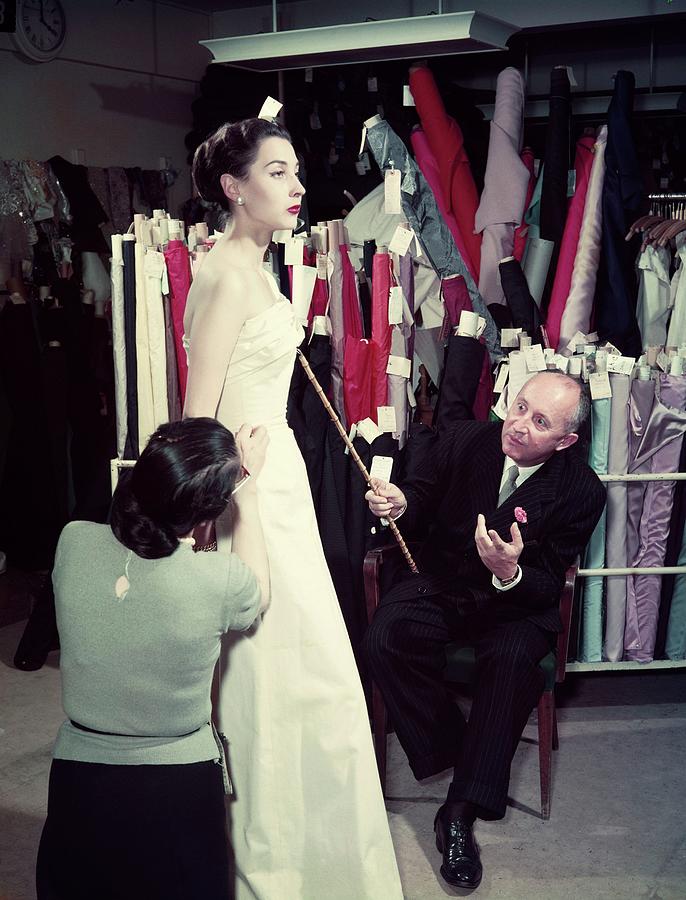
“Simplicity, good taste, and grooming are the three fundamentals of good dressing.” – Christian Dior
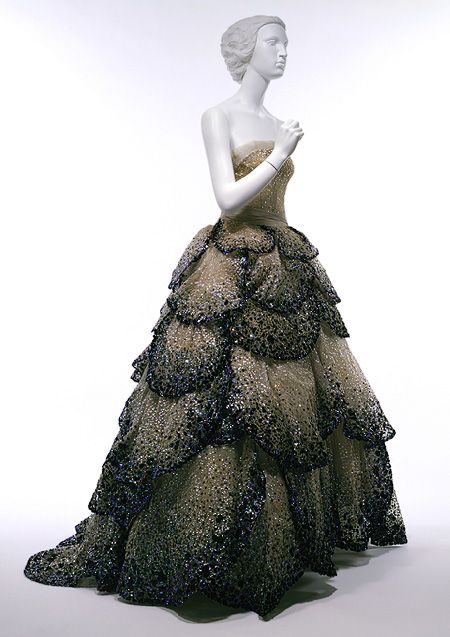
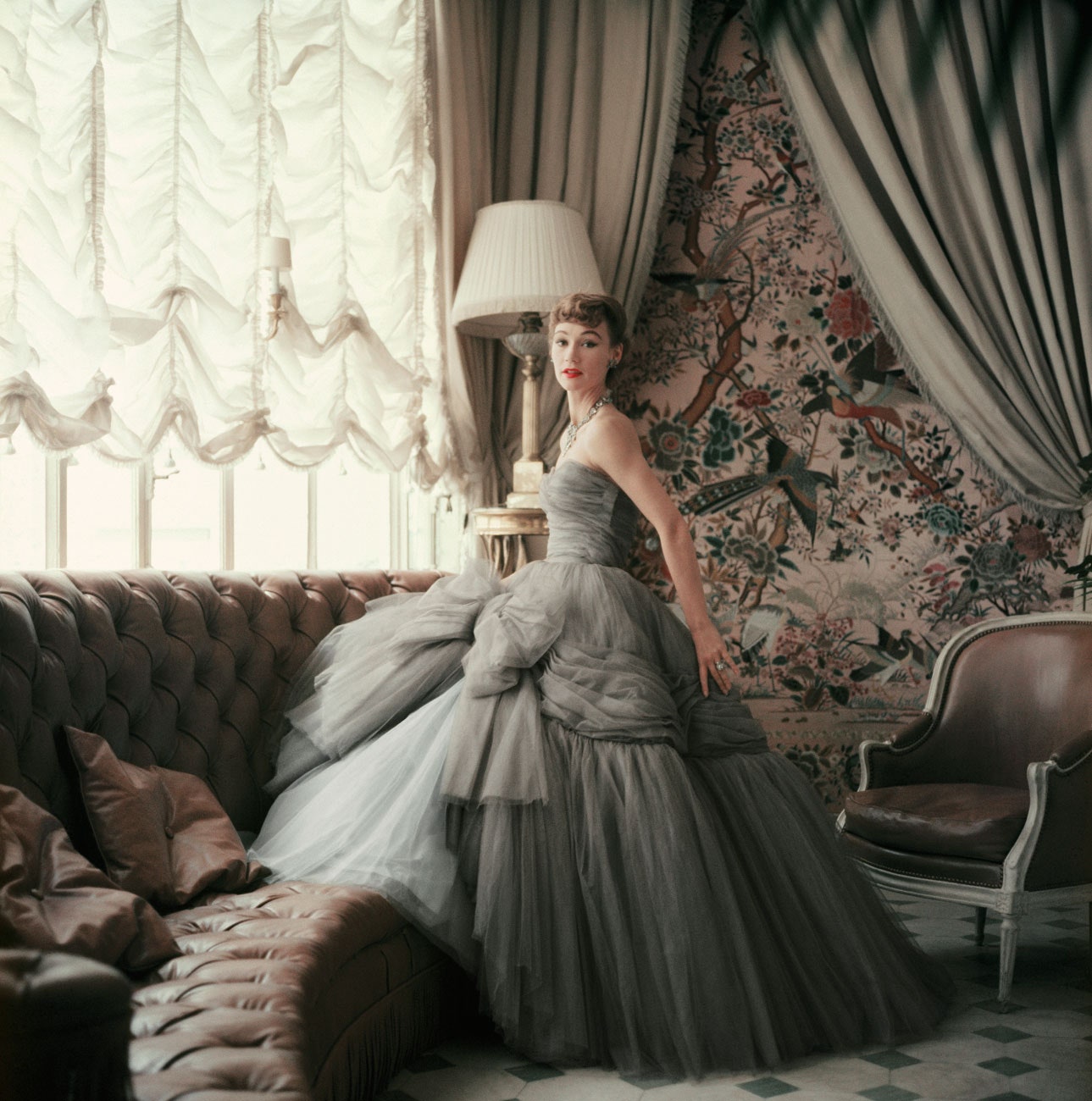
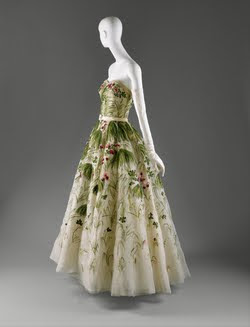
Dior was memorable for his romantic shapes and ball gown silhouettes.
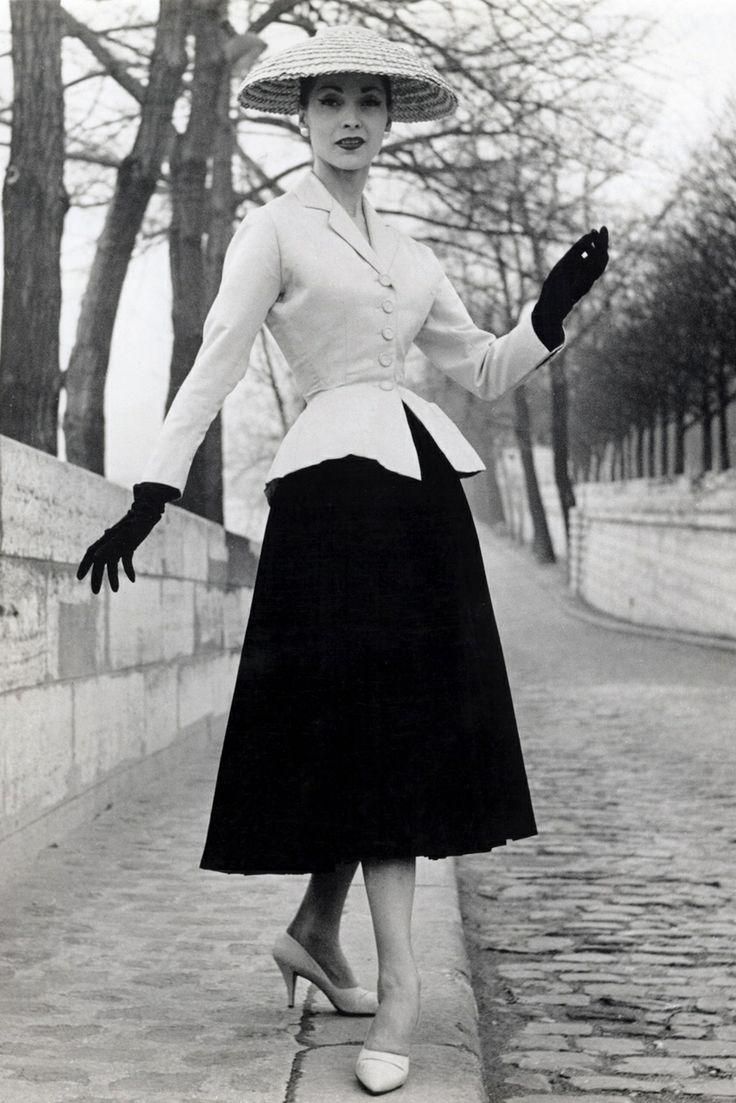
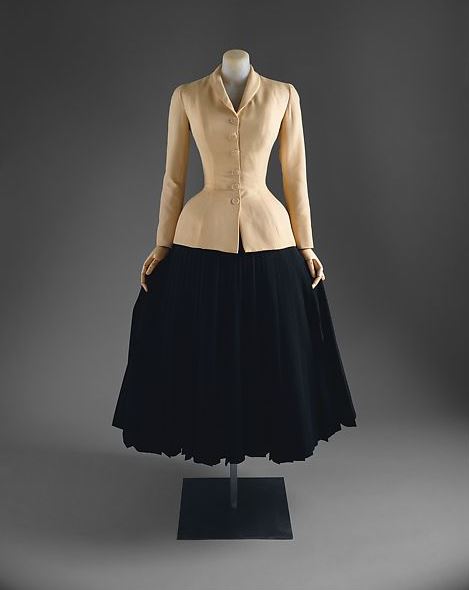
Balenciaga
Cristobal Balenciaga created exorbitant gowns with bold shapes, introducing rollaway collars, slim tunics and sack dresses. With his knowledge of drapery, cuts and seam finishes, he influenced the new silhouettes in the 1960s. He experimented with bold shapes and different weight of textiles such as wool capes, transparent fabrics and plastic rainwear. He was passionate about working with different materials and mastered the design of cleverly draped gowns that remembers Flamenco costumes in Spain.

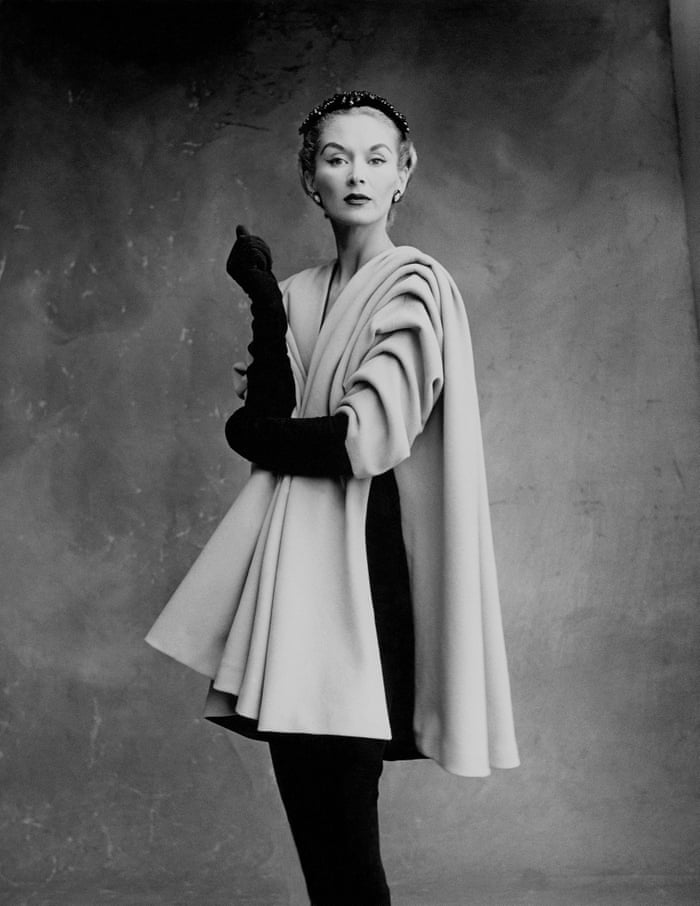
Portrait of Balenciaga in the 1940s
Innovative drapery in sleeves

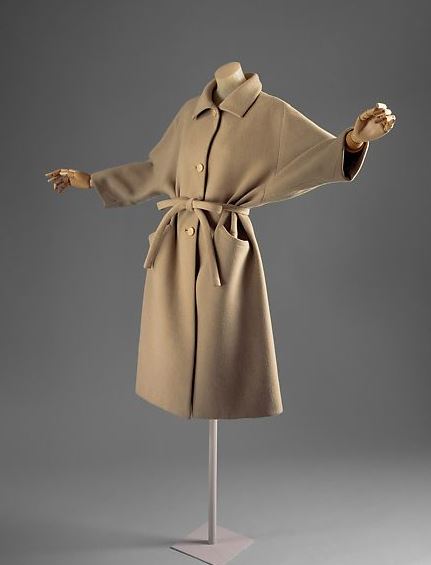
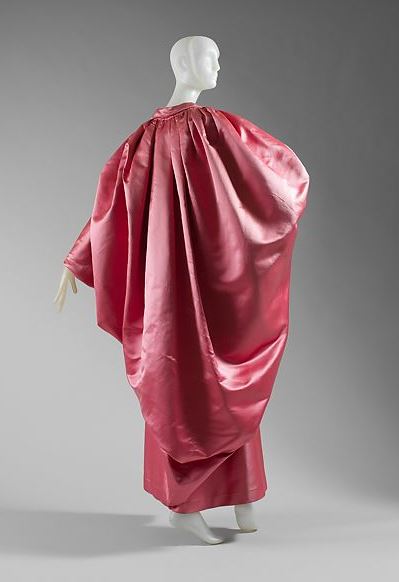
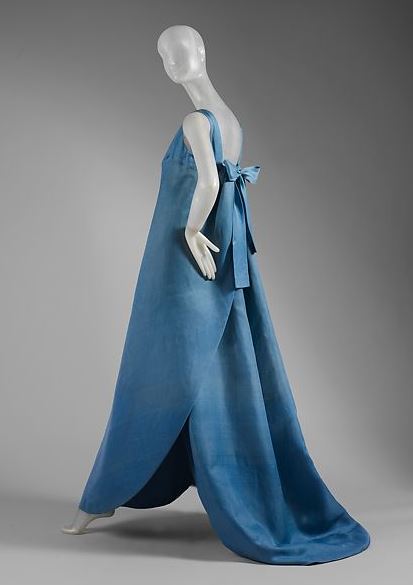
CHARLES JAMES
Despite the lack in resources and fabric from Europe, American couturier, Charles James designed dramatic ball gowns with sculpted bodices. With his use of boning, complex seams, multiple use of silk, satin and taffeta fabrics, he became known as one of the best dressmakers of that time.
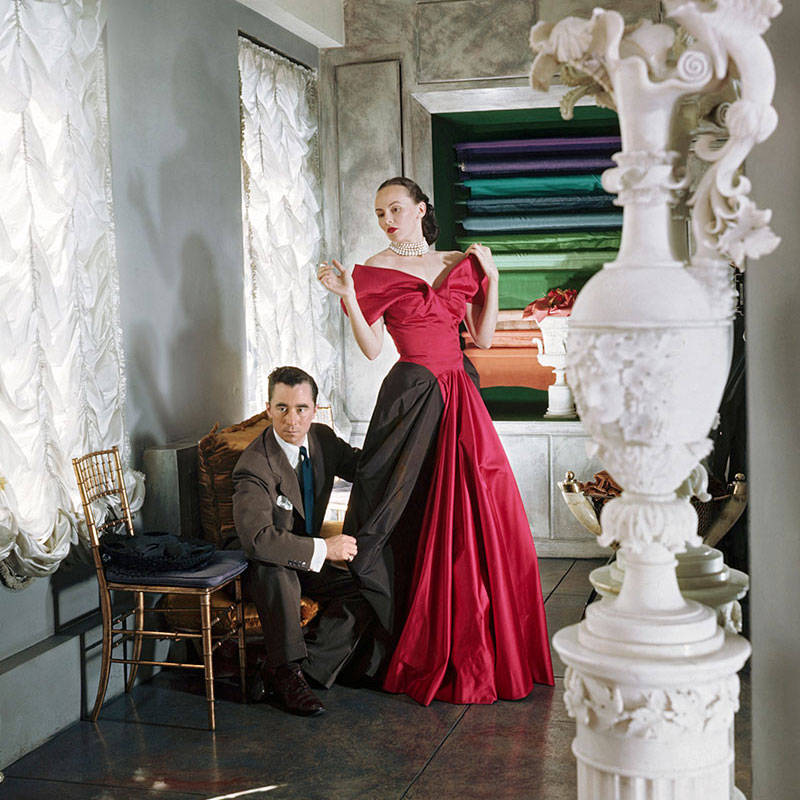
Charles James was known for creating scultptural gowns with innovative boning inside the bodice form and skirt.

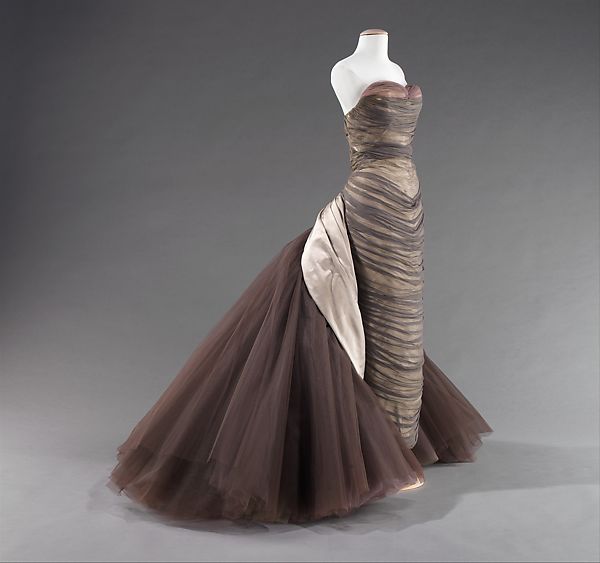
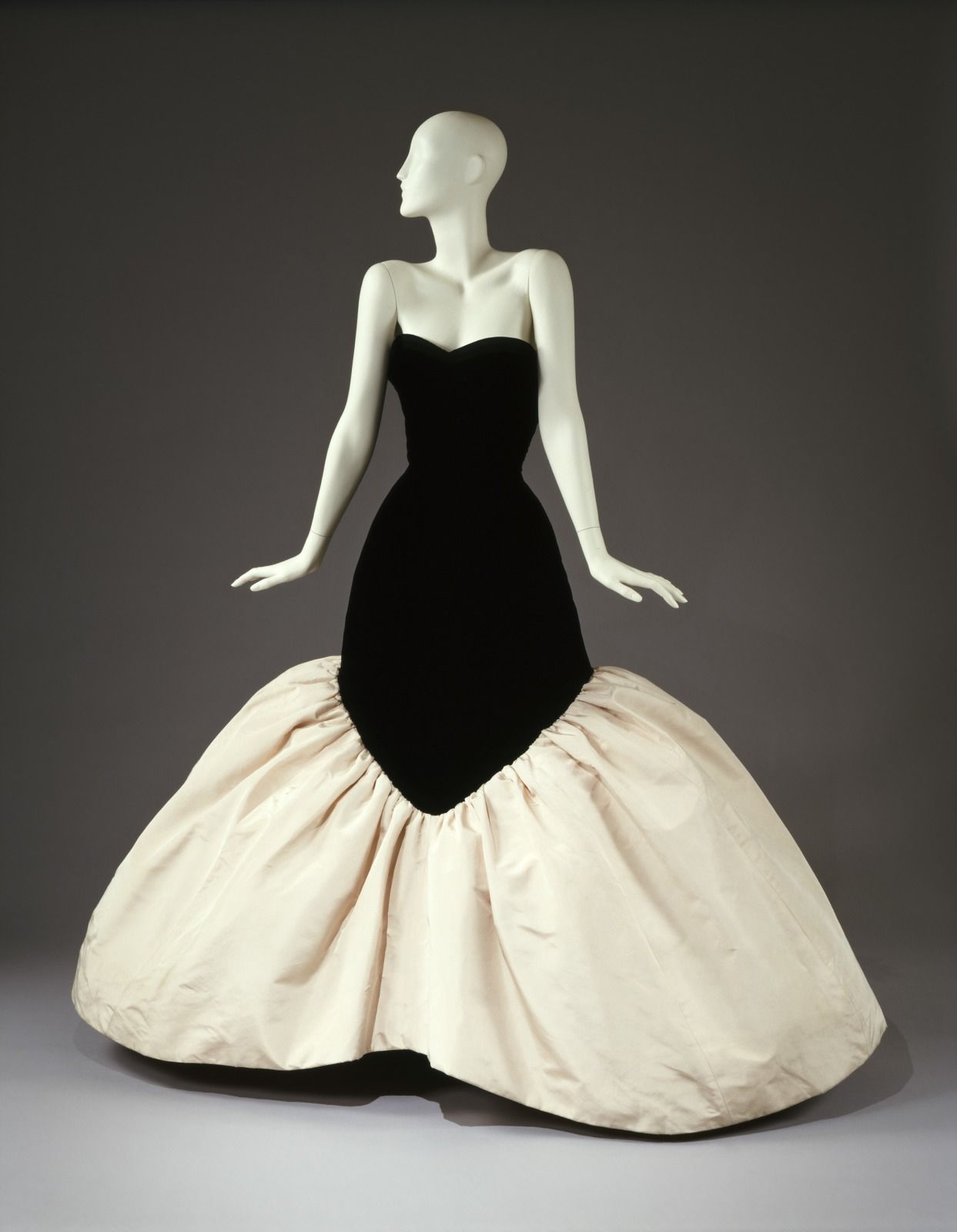
“America’s greatest couturier,
the world’s best and only dressmaker who raised it from an applied art to a pure art form.”
– Cristobal Balenciaga on Charles James
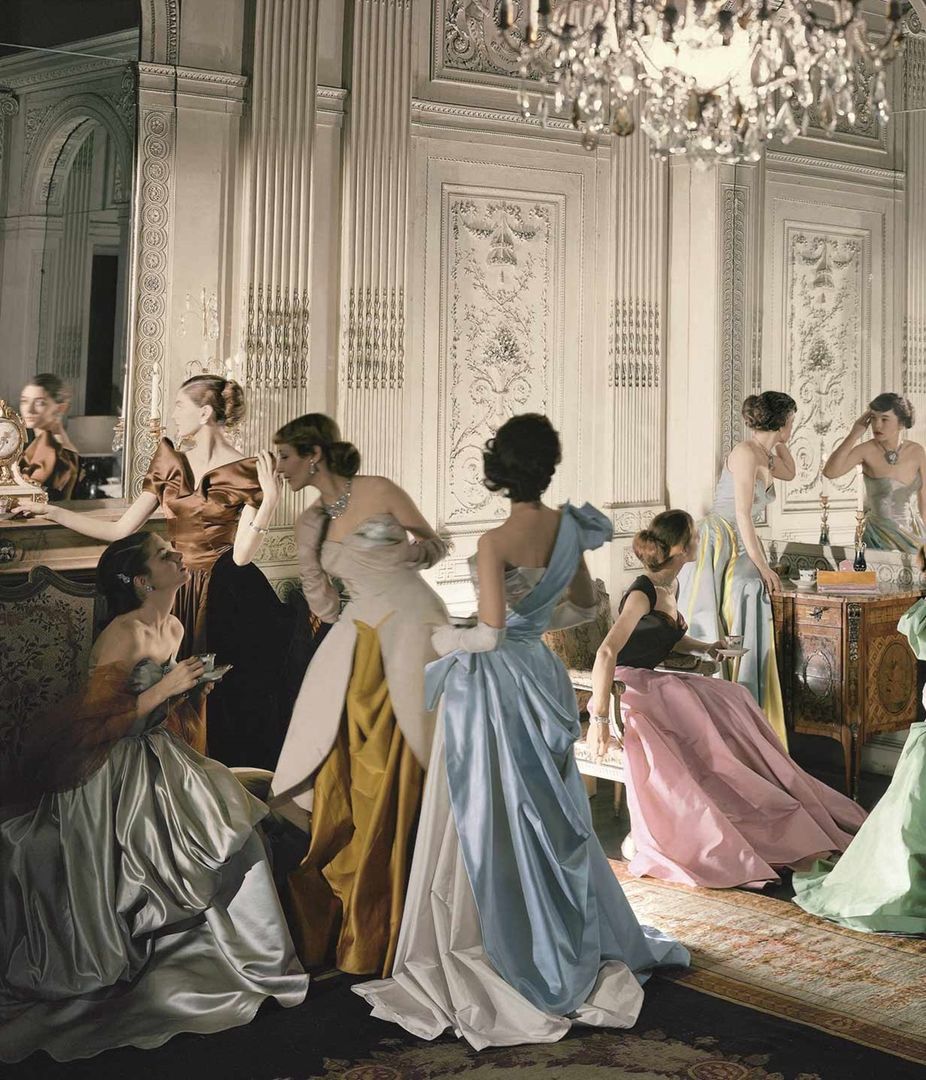
COCKTAIL DRESSES
Despite the aftermath of World War II, the growing middle class in the 1950s lived their lives frivolously with new cars, homes and wardrobe.
Cocktail parties influenced women to dress by the “New Look” with silhouettes that designed romantic styles of a tight bodice and full skirts. Many examples of the cocktail dress would feature demure necklines, tightly tailored waists, boned bodices and loose pleating at the skirts.



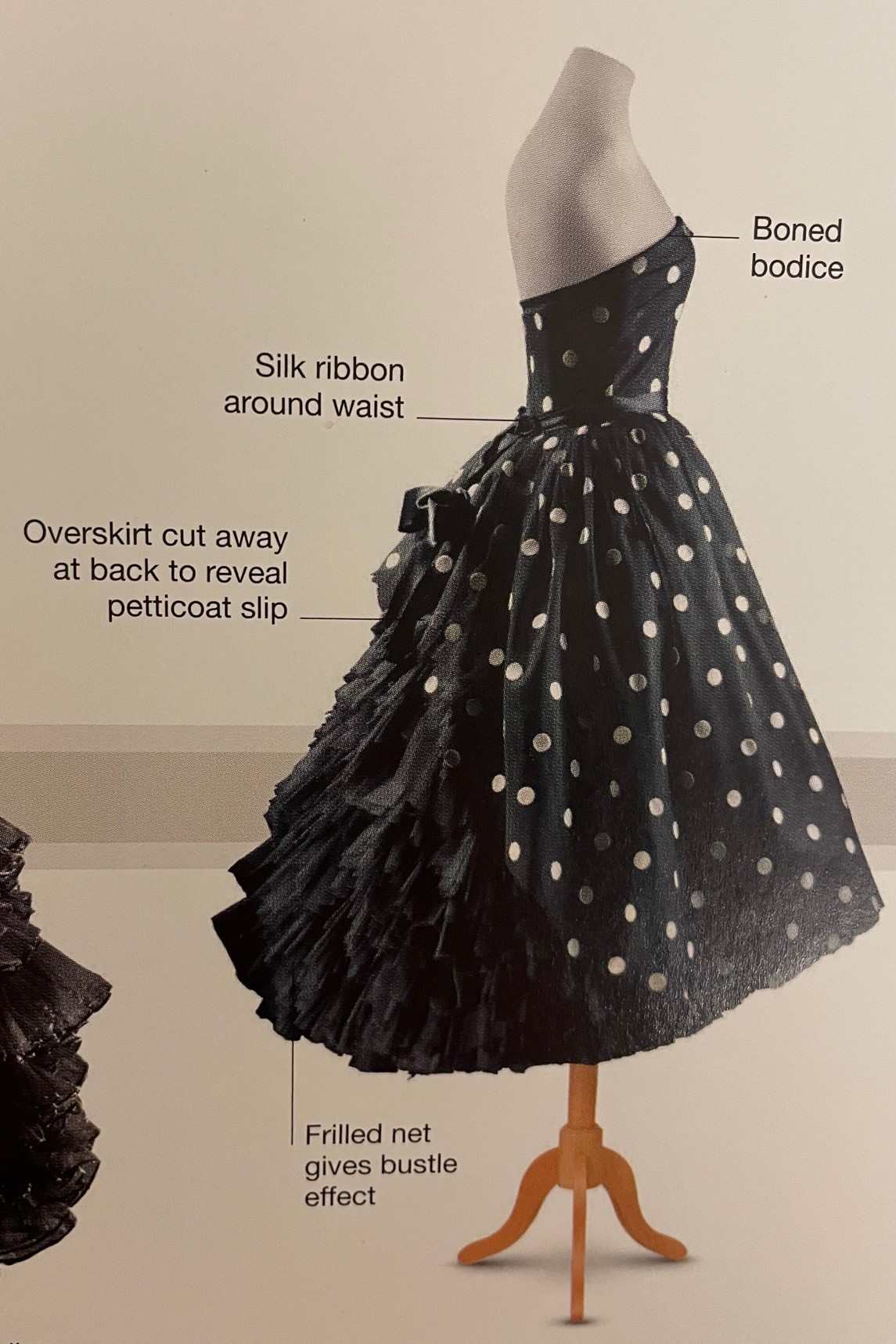
1950’s Tailoring
Tailoring for women in the 1950s became on of the strongest trends in the industry.
From stylish two-piece suits with sculpted lines and architectural shapes, the suit was to idealize the female form.
Jackets were typically designed with rounded shoulders, with tight bodice shapes and fitted skirts that accentuated the hips.
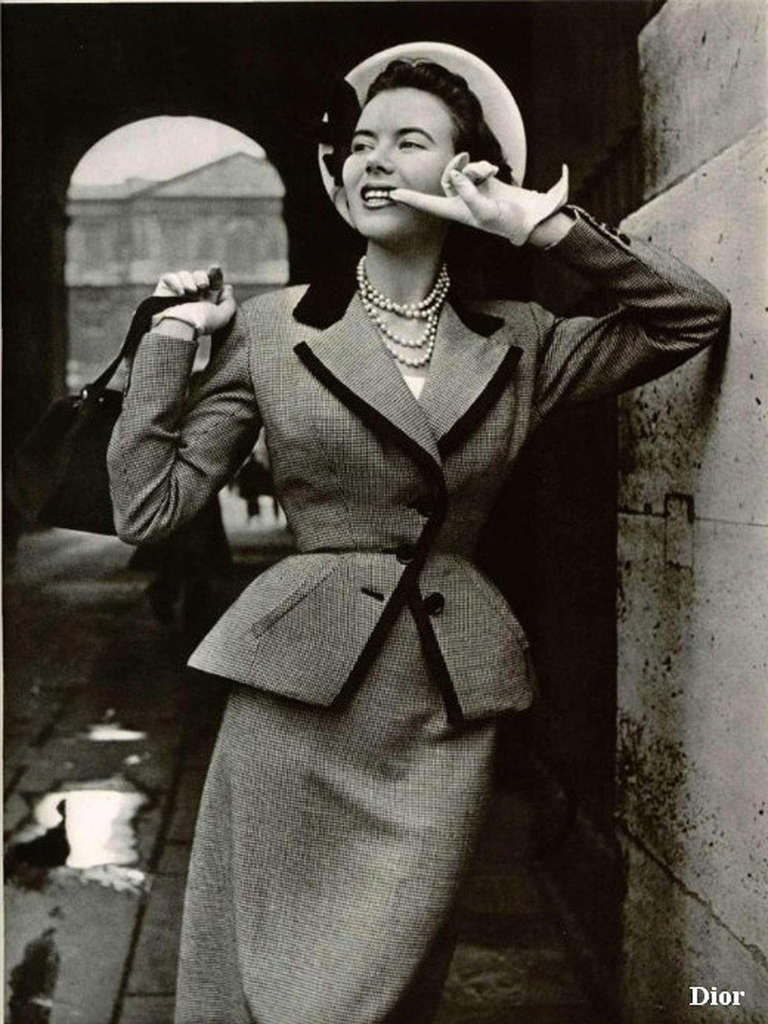

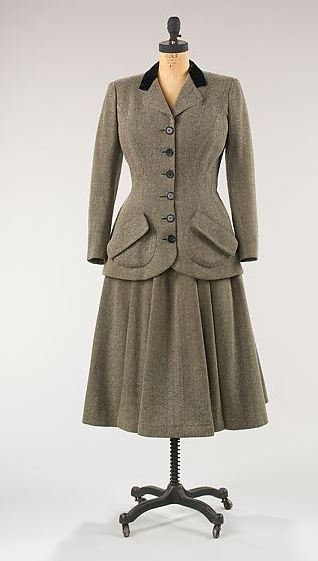

It’s evident that the influence of Dior, Balenciaga and Charles James continue to inspire designers to create with impeccable craftmanship today. With more designers pushing the limit of fashion with creative design and influence in political change, we can look back to appreciate how far the industry has changed.
